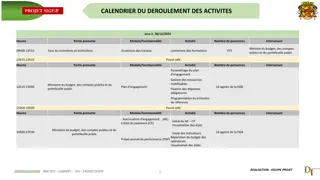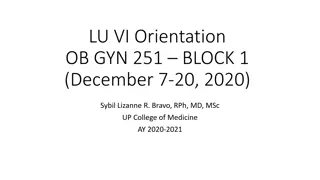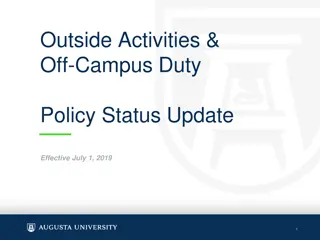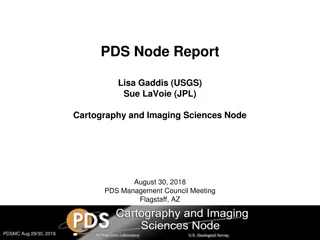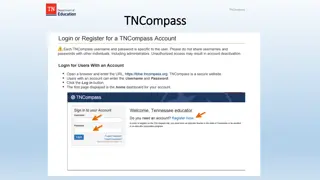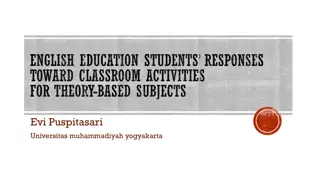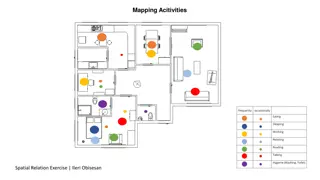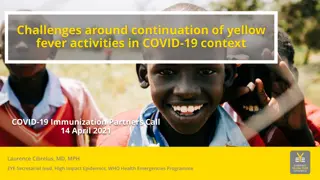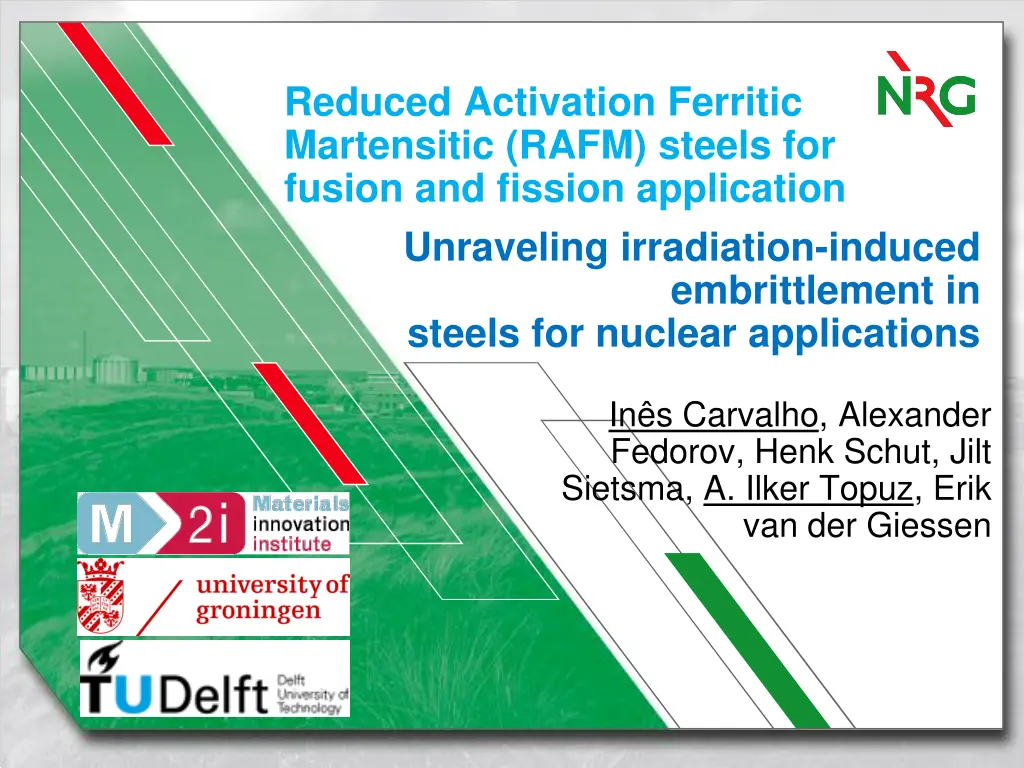
Understanding Irradiation-Induced Effects in RAFM Steels
Explore the research on irradiation-induced embrittlement and hardening in Reduced Activation Ferritic Martensitic (RAFM) steels for fusion and fission applications. Two PhD projects aim to establish relationships between defect structures and mechanical property changes to predict irradiation embrittlement. Join the investigation on how dislocation mobility, brittle failure, and ductile-to-brittle transition are affected by irradiation.
Download Presentation

Please find below an Image/Link to download the presentation.
The content on the website is provided AS IS for your information and personal use only. It may not be sold, licensed, or shared on other websites without obtaining consent from the author. If you encounter any issues during the download, it is possible that the publisher has removed the file from their server.
You are allowed to download the files provided on this website for personal or commercial use, subject to the condition that they are used lawfully. All files are the property of their respective owners.
The content on the website is provided AS IS for your information and personal use only. It may not be sold, licensed, or shared on other websites without obtaining consent from the author.
E N D
Presentation Transcript
Reduced Activation Ferritic Martensitic (RAFM) steels for fusion and fission application Unraveling irradiation-induced embrittlement in steels for nuclear applications In s Carvalho, Alexander Fedorov, Henk Schut, Jilt Sietsma, A. Ilker Topuz, Erik van der Giessen M2I
Modelling of irradiation-induced hardening and creep in F/M alloys Task 2.1.2 Study of effect of Cr-Ni-(Si/P) clusters on irradiation hardening 2.1.2.3 Attempt to develop a numerical framework to predict how irradiation affects dislocation mobility and, by that, promotes brittle failure and increases the ductile-to-brittle transition. Principal Investigator: Alexander Fedorov NRG 2
Two PhD projects: NRG-M2i-TU Delft-RUG PhD at TU Delft: In s Carvalho Project title: Reduced Activation Ferritic Martensitic (RAFM) steels for fusion application Aim of the project: to establish a relationship between the irradiation-induced defect structures and the observed changes in the mechanical properties Participation: TU Delft: Ines Carvalho, Jilt Sietsma (Prof.), Henk Schut, NRG : Alexander Fedorov, Natalia Luzginova PhD at University of Groningen (RUG): Ilker Topuz Project title: Unraveling irradiation-induced embrittlement in steels for nuclear applications Aim of the project: to generate understanding on the competition between plastic deformation and brittle crack propagation in irradiated steels at various temperatures. The numerical framework that will be developed (DD) should be able to serve as a tool to predict irradiation embrittlement of prototype alloys. Participation: RUG: : Ilker Topuz, Erik van der Giessen (Prof.) TU Delft: Lucia Nicola NRG: Alexander Fedorov, Natalia Luzginova M2I
PhD in TU Delft: Reduced Activation Ferritic Martensitic (RAFM) steels for fusion application I I reference materials, provided by NRG provided by NRG reference materials, mechanical testing (done) mechanical testing (done) PA, TDS, EM studies on pre- existing (open volume) defects existing (open volume) defects PA, TDS, EM studies on pre- ion implanted specimens specimens ion implanted PA, TDS, EM studies on implantation induced defects, effect of thermal treatment effect of thermal treatment PA, TDS, EM studies on implantation induced defects, characterization of irradiation induced defects in terms of their characterization of irradiation induced defects in terms of their populations and thermal stabilities populations and thermal stabilities II II neutron irradiated specimens specimens neutron irradiated mechanical testing (done) mechanical testing (done) Goal: establishing a relation between the identified defect structures and observed changes Goal: establishing a relation between the identified defect structures and observed changes in mechanical properties in mechanical properties TDS, EM studies on neutron irradiation induced defects, TDS, EM studies on neutron irradiation induced defects, effect of thermal treatment effect of thermal treatment RID,TU Delft RID,TU Delft NRG, Petten NRG, Petten MAT-IREMEV, Garching, 3 5 December 2012
Bird's-eye view on two projects MD: interaction between defects and dislocations NRG mechanical tests data base on EUROFER (ODS) MF: evolution of point defect clusters with dose and temperature DD modeling (RUG) other experiments on EUROFER (ODS) and Fe-Cr found in the literature TDS and PA experiments (TUD) 5
Summary of PA and TDS observations At implantation temperature (RT) Vacancies are barely mobile their concentration is relatively high and strongly depends on the temperature and implantation current low reproducibility and difficult to compare different experiments vacancy clusters are unstable at RT. 300-600K, HemVnclusters lose vacancies; He:V ratio increases 6
Dislocation Source-Obstacle Interaction K field , cohesive zone crack source obstacle 7
Transition from 3D to 1D work is in progress 8


